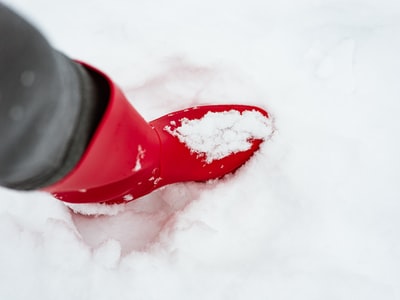 Organisms differ in a numerous ways, for example their metabolic rate or their size. This is why organisms have had to adapt and specialise to deal with these variations.
Organisms differ in a numerous ways, for example their metabolic rate or their size. This is why organisms have had to adapt and specialise to deal with these variations.
Size and Surface Area
The size of an organism or their structure affects their surface area to volume ratio. Larger organisms have had to form new ways in which to facilitate exchange with changes to their body shape and through the creation of new systems. This is because as they’ve become bigger so the surface area to volume has decreased.
Such organisms can no longer rely on diffusion to exchange substances, for example of oxygen or to get rid of waste products. In addition, they require more energy in order to cope with higher levels of activity and keeping the core temperature constant. This is why they use more complex systems instead.
See below a summary of all you have learnt so far on Organism Adaptions for your A level biology revision :
——————————————————
REMEMBER IT!
- The size of an organism or their structure affects their surface area to volume ratio.
- Gas exchange uses the process of diffusion.
- The larger the area, the thinner the surface, and the bigger the concentration gradient, the quicker the rate of diffusion.
- Unicellular organisms have a large surface to volume ratio so gases can diffuse across the cell membrane.
- Multicellular organisms are much larger than unicellular ones and so consist of more specialised exchange surfaces.
- Insects use spiracles through which air can enter and dissolves into the fluid in the cells.
- Fish use gills which consist of numerous lamellae. The water flows over the gills opposite to the blood flow known as a countercurrent flow.
- Plants take in air through stomata in their leaves. The size of the stomatal opening is controlled by guard cells.
- The circulatory system pumps blood around the body of mammals and birds.
- The structure of blood vessels relates directly to their function.
- The lymphatic system is important for filtering out dangerous particles.
- Root hair cells increase the surface area by which plants can absorb water.
- Water travels into the root hair cells and xylem via osmosis.
- Water travels up the xylem to the leaves via transpiration and due to root pressure.
- The rate of transpiration is affected by light, temperature, humidity and air movement.